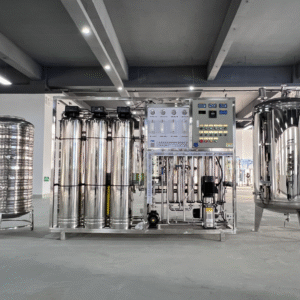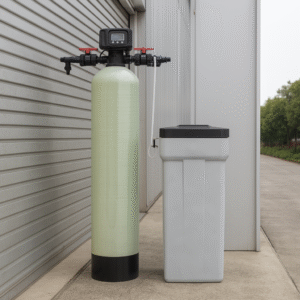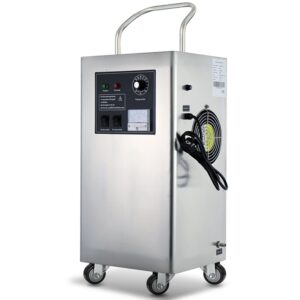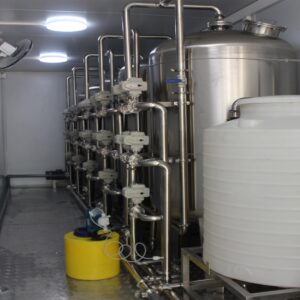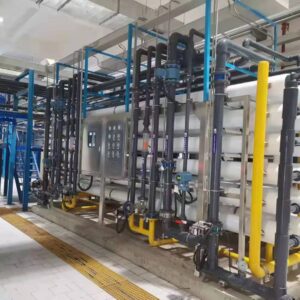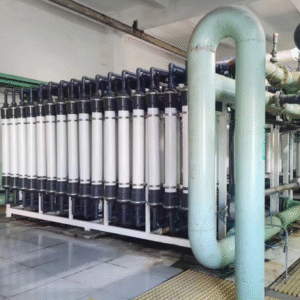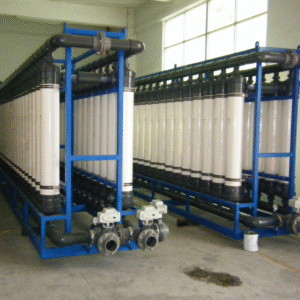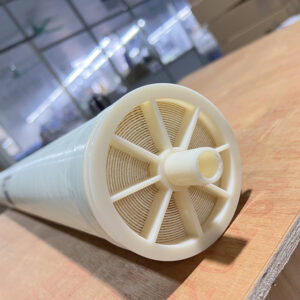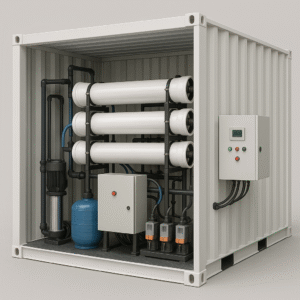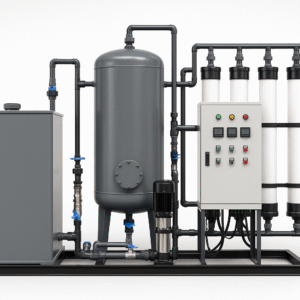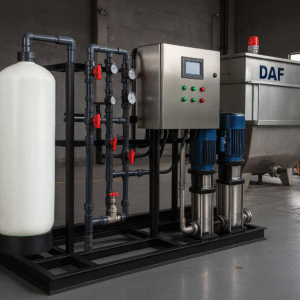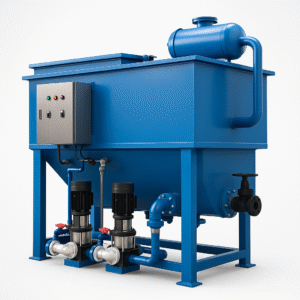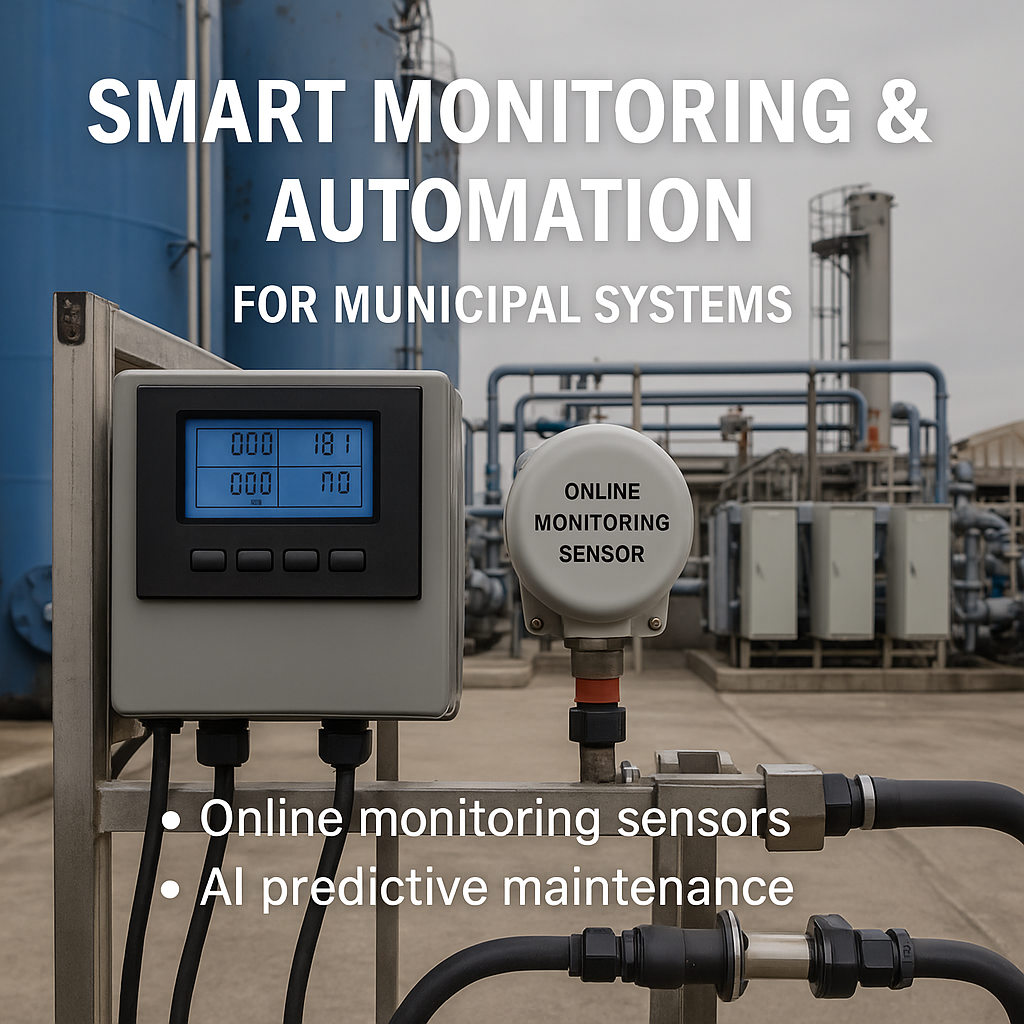
솔루션: 지자체 시스템을 위한 스마트 모니터링 및 자동화
요약
신뢰할 수 있는 지자체 서비스를 위해서는 모든 자산을 주시해야 합니다. 당사의 통합 SCADA/PLC/HMI 플랫폼은 처리장, 펌프장 및 저수지를 연결하여 다음을 수행합니다. 실시간 모니터링, 제어 및 알람. 트렌드 기반 분석, 에너지 최적화 및 원격 원격 분석을 결합하여 수질을 개선하고, NRW를 줄이며, O&M 비용을 절감하는 동시에 안전한 웹 및 모바일 대시보드를 통해 현장에서 팀을 제어할 수 있습니다.
애플리케이션
- 식수 식물 - pH, 탁도, 잔류 염소, 전도도/TDS, 자외선량 및 필터 상태를 지속적으로 모니터링하여 규정을 준수할 수 있습니다.
- 폐수 처리 플랜트 - 폭기 제어, 슬러지 처리, RAS/WAS 흐름, 송풍기 및 인터록 및 추세를 통한 화학 물질 주입.
- 펌프장 및 저수지 - 레벨, 유량, 압력, VFD 속도, 펌프 상태, 서지 보호 및 런타임 밸런싱을 통한 시작/정지 시퀀스.
- 유통 네트워크 - 구역 계량, 압력 구역 및 누출 표시기를 차단할 수 있습니다. NRW 공급을 안정화합니다.
제공되는 혜택
- 통합 모니터링 지도 보기 및 자산 계층 구조로 사이트(플랜트, 저수지, 부스터, 유정) 전반을 살펴볼 수 있습니다.
- 안전한 원격 제어 - 역할 기반 액세스, 연동 및 중요 작업에 대한 2단계 확인을 지원합니다.
- 알람 철학 - 우선순위 수준, SMS/이메일/화면 알림, 근무자 명단 및 에스컬레이션.
- 분석 - 임계값 및 드리프트 감지를 통해 추세 KPI(수질, m³당 에너지, 펌프 효율, 필터 실행 길이)를 확인할 수 있습니다.
- 보고 - 규제 기관 제출을 위한 자동 PDF/CSV, 교대, 일일 및 월간 요약.
- 사이버 보안 - VLAN 세분화, 암호화된 터널, 사용자 감사 추적, 통신이 끊어지더라도 PLC에서 오프라인 우선 제어.
솔루션 아키텍처
현장 계기(유량, 레벨, 압력, pH, 탁도, 잔류 염소, DO, ORP, 전도도/TDS, 온도)는 다음에 연결됩니다. PLC/RTU 패널. 통신은 광섬유, 이더넷을 통한 보안 백홀, 4-20mA, 펄스, 프로피버스/프로피넷을 지원하는 Modbus RTU/TCP, 4-20mA, 펄스, 프로피버스/프로피넷을 지원합니다. 4G/5G. SCADA/HMI 서버(온프레미스 또는 프라이빗 클라우드)는 히스토리 트렌드, 알람 서버 및 웹 대시보드를 호스팅합니다. 클라우드 게이트웨이 옵션으로 모바일 액세스 및 다중 사이트 롤업이 가능합니다. 중복 전원 및 스토리지는 정전 시에도 중요한 루프를 계속 실행합니다.
KPI 및 예상 결과*
| KPI | 일반적인 범위 | 참고 |
|---|---|---|
| 중요 알람에 대한 응답 시간 | < 5분 미만 | 에스컬레이션은 오버플로/품질 위험을 줄여줍니다. |
| m³당 에너지(플랜트) | ↓ 5-15% | VFD 최적화 및 일정 제어. |
| 필터 실행 길이 | ↑ 10-25% | ΔP 및 탁도 추세에 따른 역세척. |
| NRW(지역 계량) | 2학년 1학기 ↓ 2-8% | 압력 관리 및 야간 흐름 분석. |
| 예기치 않은 다운타임 | ↓ 20-40% | 펌프 및 송풍기에 대한 예측 유지보수. |
*예시일 뿐이며, 사이트 조건과 운영 전략에 따라 결과가 달라집니다.
통합 및 상호 운용성
- 프로토콜: Modbus RTU/TCP, OPC UA, MQTT; 레거시 I/O를 게이트웨이화할 수 있습니다.
- 주요 공급업체의 타사 기기 및 VFD가 지원됩니다.
- 데이터 내보내기: CSV, API, OPC UA; 요청 시 GIS 및 CMMS 후크.
결과물
- P&ID, 제어 내러티브 및 알람 매트릭스.
- I/O 목록 및 태그 데이터베이스(CSV), 네트워크 토폴로지 및 주소 지정 계획.
- HMI 화면, 히스토리언 태그 및 보고서 템플릿.
- 운영자 교육, O&M 가이드 및 예비품 목록이 포함된 FAT/SAT.
사례 스냅샷
라틴 아메리카, 150,000개의 PE 상수도 시설. 8주 만에 플랜트 SCADA, 6개의 부스터 스테이션 및 DMZ 클라우드 뷰어를 출시했습니다. 시작 후 6개월 후 결과: 에너지/m³ 감소 ~9%, 야간 흐름에서 두 건의 누출 감지(NRW 개선 ~3%), 규제 기관 보고서 내보내기 시간 2일에서 30분으로 단축.
자주 묻는 질문
배포에는 시간이 얼마나 걸리나요?
소규모 플랜트 + 펌프 스테이션 2개: 승인된 I/O 목록 및 통신 액세스로부터 4~8주 소요. 다중 사이트 롤아웃은 단계적으로 확장됩니다.
제어를 위해 인터넷이 필요한가요?
PLC 및 로컬 HMI는 자율적으로 실행되며, 원격 대시보드 및 알림은 연결이 가능한 경우 보안 터널을 사용합니다.
기존 계기판과 패널을 재사용할 수 있나요?
대부분의 경우 그렇습니다. 기존 태그/프로토콜을 매핑하고 필요에 따라 게이트웨이 또는 I/O 모듈을 추가하여 전면적인 교체를 피합니다.
라이선스와 소유권은 어떻게 되나요?
옵션에는 영구 온프레미스 SCADA 또는 구독 대시보드가 포함됩니다. 모든 데이터 및 태그 데이터베이스는 프로젝트 결과물입니다.
신뢰할 수 있는 도시 서비스를 위해서는 모든 자산을 주시해야 합니다. 우리의 SCADA/PLC/HMI 플랫폼은 처리장, 펌프장 및 저수지를 연결하여 다음을 수행합니다. 실시간 모니터링, 제어 및 알람. 분석, 에너지 최적화 및 원격 원격 측정을 통합하여 수질을 개선하고 NRW를 줄이며 O&M 비용을 절감합니다.
현대의 도시 상수도 시스템에는 강력한 처리 기술뿐만 아니라 최적의 성능, 비용 효율성 및 규정 준수를 위한 지능형 모니터링 및 자동화가 필요합니다.
STARK의 스마트 모니터링 및 자동화 솔루션은 다음을 통합합니다. 실시간 데이터 수집, 예측 분석및 원격 제어 기능 도시 수도 시설이 원활하고 안전하며 지속 가능하게 운영되도록 보장합니다.
도시 상수도 SCADA 주요 이점
연중무휴 실시간 모니터링 - 어디서나 즉시 수질 및 성능 데이터에 액세스하세요.
최적화된 에너지 및 화학 물질 사용 - 지능형 제어 전략을 통해 운영 비용을 절감하세요.
예측적 유지보수 - 장애가 발생하기 전에 장비 문제를 파악하여 다운타임을 방지하세요.
규정 준수 - 현지 및 국제 표준을 충족하는 자동화된 보고 및 알람을 제공합니다.
도시 상수도 SCADA 솔루션
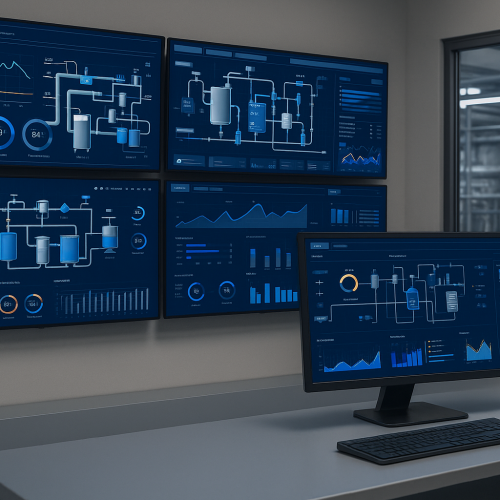
SCADA 기반 중앙 제어
중앙 집중식 데이터 시각화 및 제어를 위한 감독 시스템.
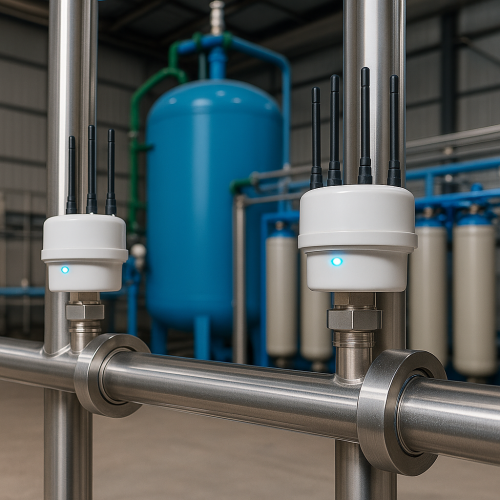
IoT 센서 통합
확장 가능한 데이터 수집을 위한 무선 센서 네트워크.
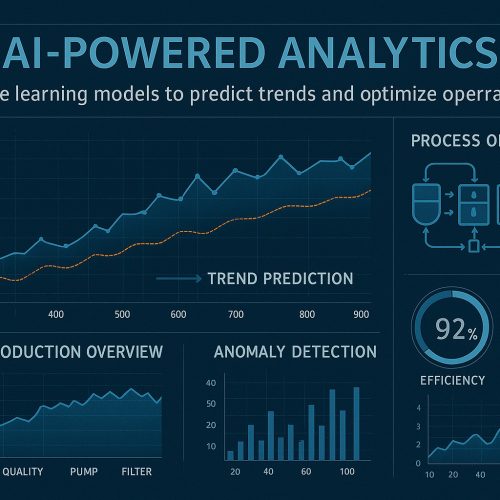
AI 기반 분석
트렌드를 예측하고 운영을 최적화하는 머신 러닝 모델.
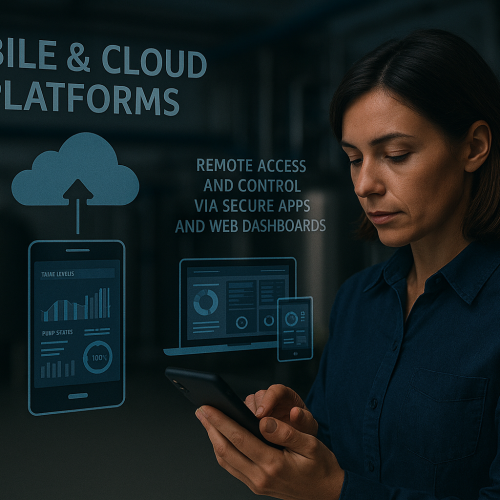
모바일 및 클라우드 플랫폼
보안 앱과 웹 대시보드를 통한 원격 액세스 및 제어.
왜 STARK를 선택해야 할까요?
도시 수자원 관리 및 최첨단 디지털 기술 분야에서 수십 년의 경험을 쌓은 STARK는 다음과 같은 서비스를 제공합니다. 턴키 스마트 자동화 패키지 하드웨어, 소프트웨어, 엔지니어링 전문성을 결합한 제품입니다.
당사의 시스템은 다음과 같습니다. 공급업체 중립적기존 인프라와 원활하게 통합할 수 있으며, 다음과 같은 지원을 받습니다. 연중무휴 기술 지원 를 사용하여 지속적인 성능을 보장합니다.

